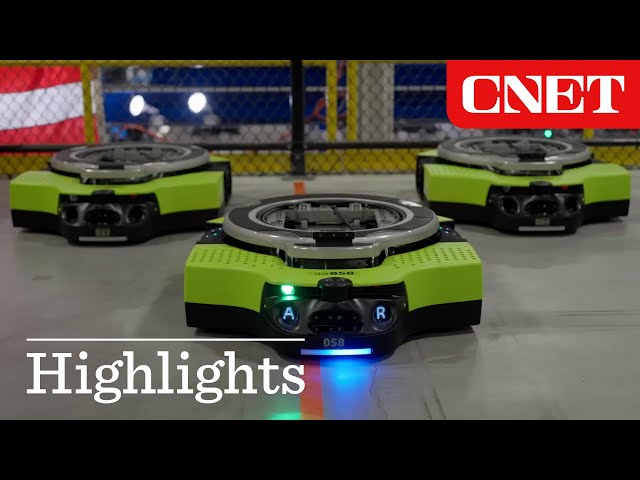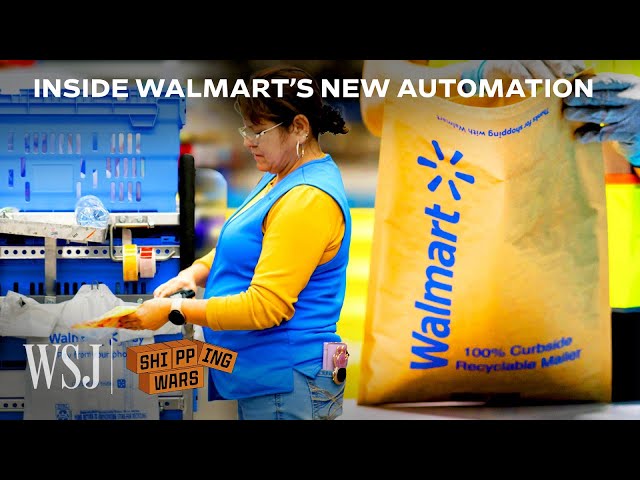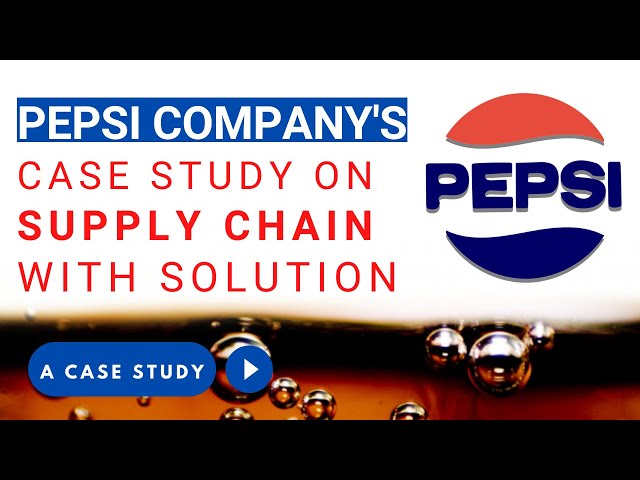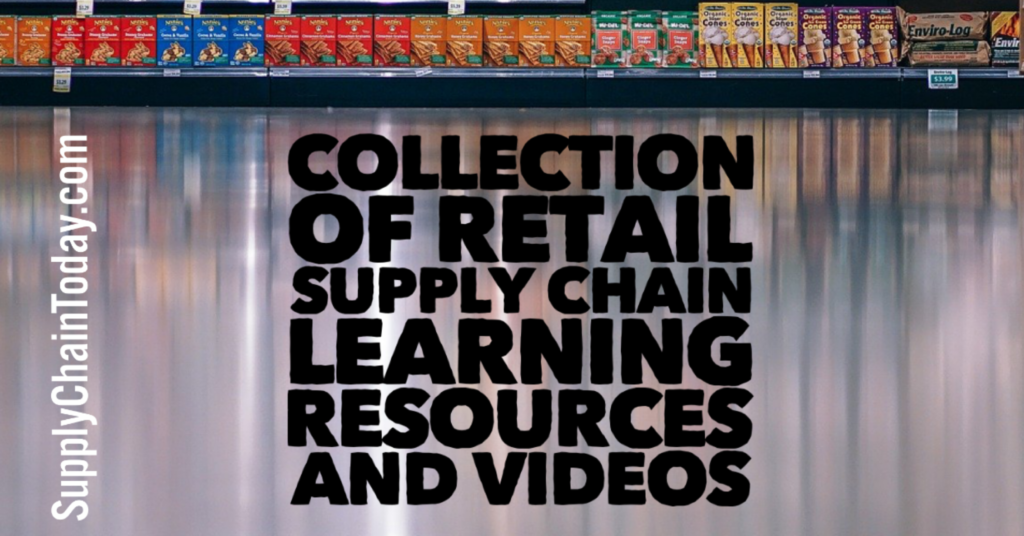The Food Supply Chain.
This is a good video on the food supply chain with a focus on cold food. This is from the company Americold showing the connection between producers, processors, distributors and retailers and on to the end consumer.
Food SCM Process
The food supply chain is a complex network of activities and processes involved in producing, processing, distributing, and delivering food from farms and producers to consumers. Here’s a summarized overview:
- Production: The chain begins with agricultural and food production, where crops are grown and livestock are raised. This stage involves activities such as planting, harvesting, and animal husbandry.
- Processing: Once raw agricultural products are harvested, they often go through processing facilities where they are cleaned, sorted, packaged, and transformed into various food products. Processing can include activities like canning, freezing, or baking.
- Distribution: Processed food products are transported from processing facilities to distribution centers, warehouses, and retail outlets. This stage involves logistics, transportation, and storage.
- Retail: Food products are sold to consumers through various retail channels, including supermarkets, grocery stores, restaurants, and online platforms. Retailers play a crucial role in displaying, marketing, and selling food products.
- Consumption: At this stage, consumers purchase and consume the food products. They may prepare meals at home, dine out, or order takeout. Proper food handling and preparation are essential to ensure food safety.
- Waste Management: Throughout the supply chain and at the consumer level, there can be food waste, which includes food that is spoiled, discarded, or unused. Proper waste management practices are important to minimize the environmental impact of food disposal.
- Regulation and Safety: Food supply chains are subject to various regulations and safety standards imposed by government agencies to ensure the safety and quality of food products. This includes inspections, labeling requirements, and food safety protocols.
- Traceability: Traceability systems are used to track and trace the origin of food products throughout the supply chain. This helps identify and respond to food safety issues and recalls when necessary.
- Global Supply Chains: Many food supply chains are global, involving the import and export of food products across international borders. This adds complexity in terms of compliance with trade regulations and ensuring food safety across long distances.
- Emergencies and Disruptions: The food supply chain can be vulnerable to disruptions such as natural disasters, disease outbreaks, and supply chain interruptions. Contingency planning and risk management are essential to maintain food availability.
Overall, the food supply chain is a multifaceted system that ensures a steady flow of safe and nutritious food from producers to consumers. It involves various stakeholders, technologies, and logistics to meet the demand for food products in local and global markets.
Supply Chain Quotes
- “Products can be easily copied. But a supply chain can provide a true competitive advantage.” ~Yossi Sheffi
- “For me, creating a supply chain of what we should be eating is incredibly complicated. It’s complicated to figure out how to change the food system in America.” ~Kimbal Musk
- “The global food supply chain is a multitrillion-dollar industry. That’s the market we’re thinking about disrupting.” ~Arvind Gupta
- “In all our businesses, we are out to build local capability in four basic aspects – product line, manufacturing and supply chain, the service team, and the financing and investment capability.” ~John L. Flannery
- If supply chain had an arch enemy it would be called ” bad communication” ~EverythingSupplyChain.com
- “When we talk about ‘smart transportation,’ it is more than moving cargo from A to B. Digitization within transport and logistics means seamless service to our customers, visibility in the supply chain, and driving a more efficient business.” ~Soren Skou
Grocery Supply Chain Information
- Amazing Coca Cola manufacturing line – Inside the soft drink factory.
- Automating the Grocery Warehouse.
- Coronavirus Ravages the Food Supply Chain.
- How Orange Juice Is Made. Supply Chain of orange juice.
- HOW PEPSI IS MADE? INSIDE PEPSI FACTORY.
- The Gigantic Grocery Warehouses Built like Living Organisms
- Why Walmart Should Be Terrified of Amazon and Whole Foods Deal
Amazon Reveals Warehouse Robots For Sorting Packages and Fully Autonomous Mobile Robot.
How Walmart Is Automating Its Supply Chain for Delivery.
Pepsi Supply Chain Case Study with Solution.
Collection of Retail Supply Chain Learning Resources
Facebook Comments



